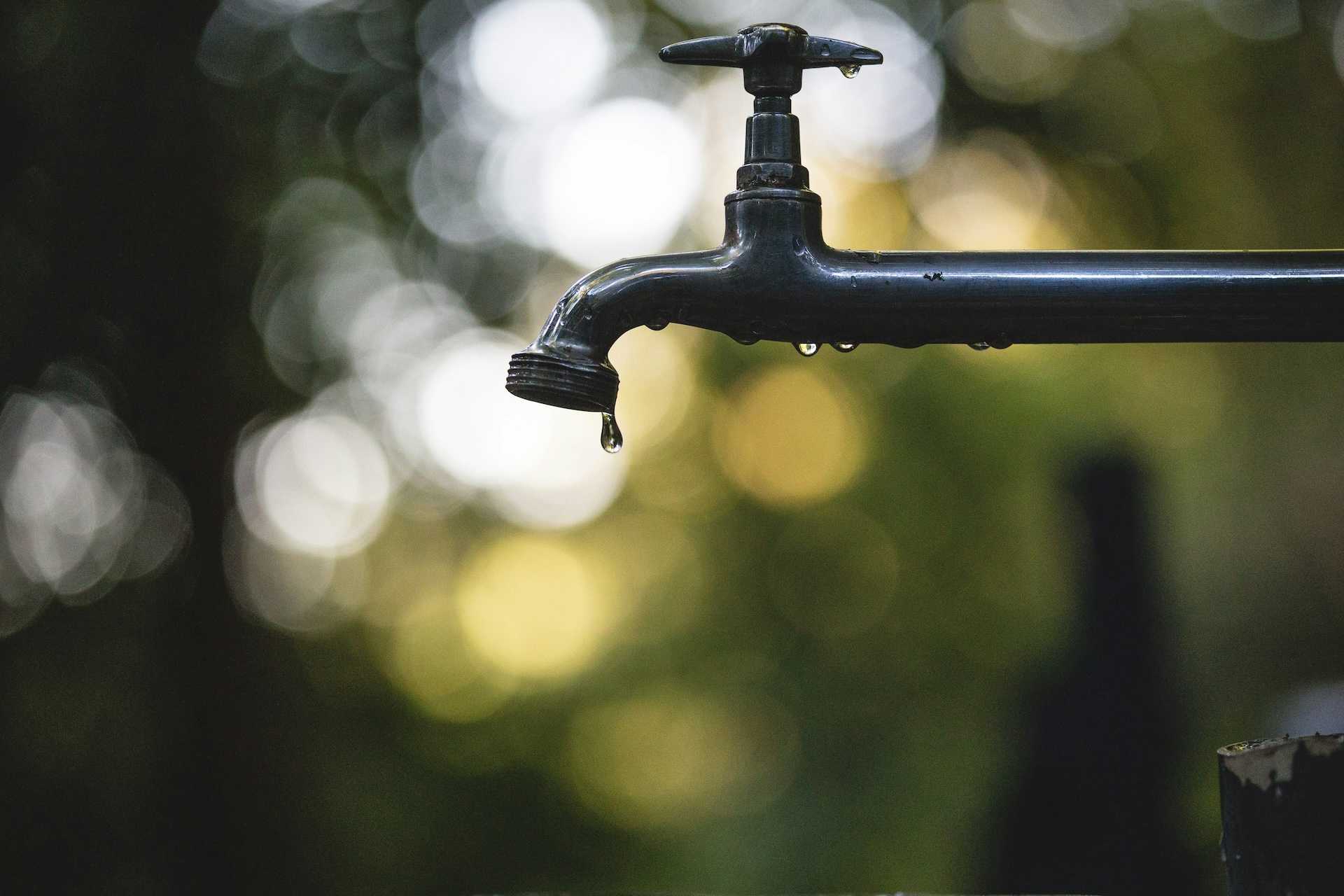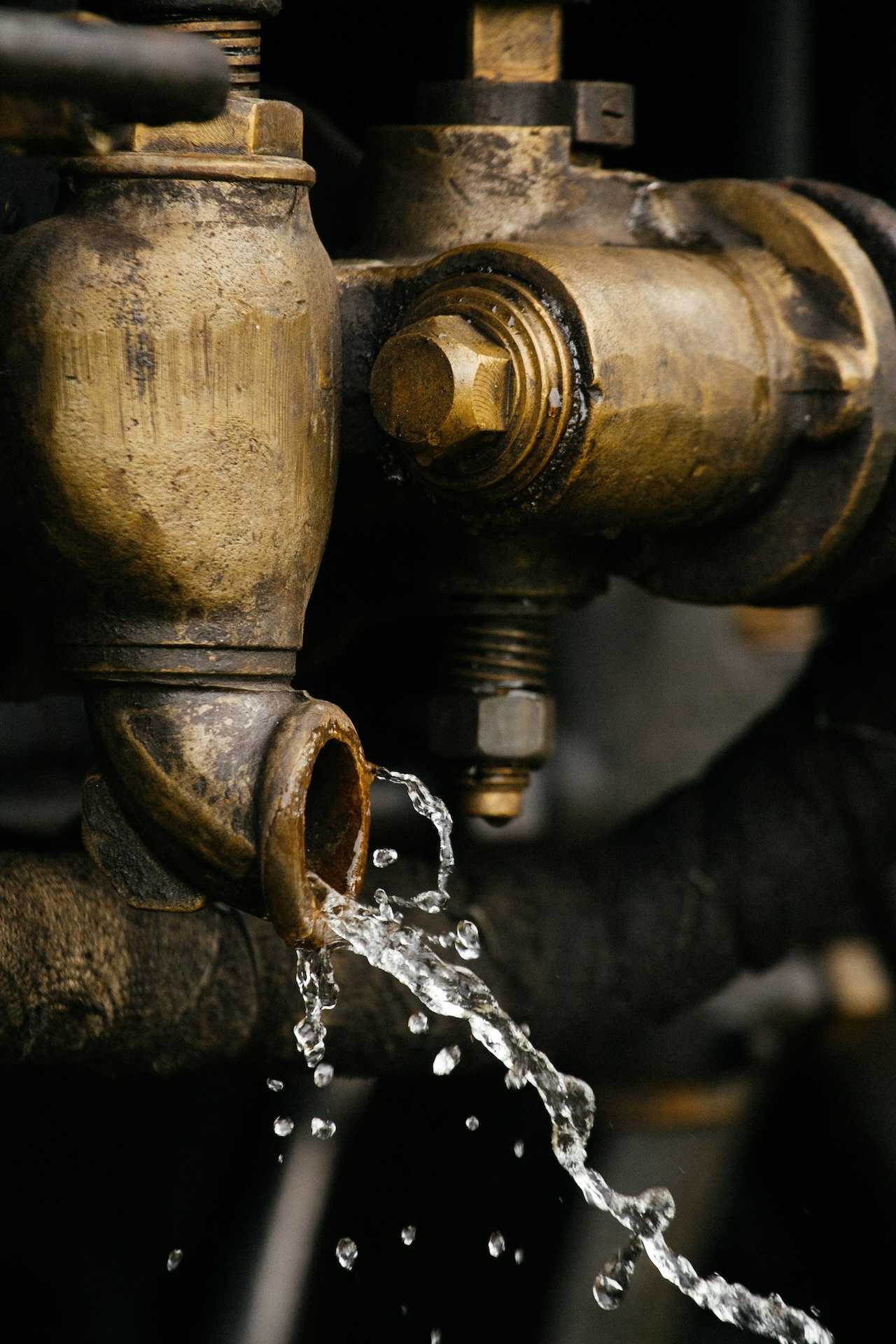How is AI saving drinkable water?
ARNO, a data-driven solution
How is AI saving drinkable water?
We’ve already shared some background of how we at Medius are approaching the hardest issues we’re faced with. Today, we’re sharing a project that we’re passionate about and it’s about saving drinkable water. This is a success story behind ARNO, our self-powered water grid management system that enables continuous remote monitoring, diagnosis, and management of water assets, such as pipelines and valves, through data-driven decisions. But why is this important and how will artificial intelligence continue to prevent water loss in the future? Let’s look at what we’ve achieved and what are our plans for the future.

Photo by Luis Tosta on Unsplash
23% of water in the EU is lost!
Today, a massive 23% of drinking water is lost inside European Union territory due to the inefficient management of distribution networks. The world’s leading tech companies are working together to develop AI systems capable of managing water grids more efficiently than humans ever could and we’re one of those companies. The goal is for these systems to improve water supply and quality, cut down on waste and loss, and ultimately save thousands if not millions of lives.
Old drinking water pipes suffer from leakage and failures. As their replacement rate is low, the implementation of smart functionalities, including smart monitoring and predictive maintenance would drastically improve pipeline life and safety, resulting in greater efficiency of the water distribution networks. As a software development company specializing in custom IT projects, we at Medius immediately saw this as a huge opportunity that could be addressed and solved with the help of technology. For example, machine learning is an emerging technology that is helping us in many areas, including finance, health, IT, etc. Why couldn’t it help us with solving the water crisis? Water scarcity is a major issue that affects millions of people worldwide, as nearly 1.1 billion people lack access to water and 2.7 billion find water scarce for at least one month of the year. This is why we started researching how artificial intelligence can help reduce water loss today and in the future.
However, if pipelines are away from the electric grid, the lack of power limits the implementation of smart capabilities. And this is the case with most pipelines today. Without the smart features, we would be back to square one. But since this is a success story, we want to share how our team of experts with years of cross-industry experience joined with our partners at Advanced Microturbines and started an important mission: to reduce water loss worldwide.
“In our mission to bring novel solutions for energy harvesting to the market, we partnered with Medius, a leading artificial intelligence and Java enterprise software company.”
Emanuele Guglielmino, CEO, Advanced Microturbines
Main challenge: leaking data
Like with any data-driven system, the main challenge here was getting all the useful data from the water grid management. There are thousands of kilometers of pipes all over Europe and most of them are off the grid, without access to the internet or even electricity. When the pipe corrosion and damage appear, you could only guess where the problem came from and guessing is just not our way of solving problems. With no data, there can’t be a working data-driven solution, no matter how advanced the system in the background is.

Photo by Elimende Inagella on Unsplash
If you read our blogs, you’d know we’ve met with this challenge before as it happens whenever we develop custom software solutions for our partners. In most cases, our first step is to gather all the data from existing systems. We learn that a lot of data is missing, corrupted or useless at this point, because companies are using many different platforms, sometimes multiple at once and some of them off-the-shelf, which only makes the process more challenging. To make up for lost data, we work with AI and we used this same thinking when gathering data from the water management system. While thinking behind the idea was the same, the process wasn’t. Since most of the pipes are off-the-grid, the challenge was immense and we still needed some data points that were missing. At the end of the day, we needed a solution that would somehow predict the exact locations where damage would happen on the grid for a repair team to address the issues and prevent future leakage. How did we do it, then?
“With our cross-industry experience and in-depth technological knowledge, we help companies differentiate to be more competitive and unique. As a consortium with a diverse blend of technical, commercial and leadership skills, we are on a mission to reduce water loss worldwide.”
Estera Brajak, Managing Director, Medius
ARNO, a data-driven solution
ARNO is a self-powered water grid management system that enables continuous remote monitoring, diagnosis, and management of water assets, such as pipelines and valves, through data-driven decisions made by machine learning algorithms. These algorithms are trained using historical data from real-world systems and then deployed on-site at customer sites where they learn about their new environment over time.
The technology comprises a patented microturbine that harvests energy from the pipeline fluid pressure that would otherwise be wasted. The energy from the microturbine enables IoT connectivity off-grid. A smart control unit collects IoT sensor data (pressure, voltage, current), which is then sent to the data aggregation system, where it is processed and analyzed with ML models that can predict system failures and water leakages.
How does ARNO work?
A patented energy-harvesting microturbine developed by AMT that provides off-grid energy to the whole system (up to 100W corresponding to a reduction of 400 kg of CO2 per year). Based on a compact and efficient design, our patented microturbine, once integrated onto the pipeline, can operate continuously, taking advantage of the hydraulic pressure and flow available to generate the required electric power. A remote Control Hub that controls the microturbine and collects the data from the IoT sensors which diagnose the state of the water network. A cloud-based data aggregation system that collects and stores all the data gathered and transmitted through the Control Hub. A modeling framework for analysis and data processing was implemented to build machine learning models for behavioral analytics. Cloud-native microservices for real-time data processing and prediction of microturbine failures and water leakage.
We used all of the available tracks from our past experience and created a system that with the IoT approach solves one of the most complicated and important problems we’re facing today.
ARNO also aims to provide predictive analytics to help customers manage their resources more efficiently. For example, it can predict when parts will need replacement before they fail so repairs can be scheduled in advance rather than when they happen unexpectedly—saving time and money while still delivering quality service to customers. ARNO is a unique solution, with no other turn-key products on the market with the same list of features. And as we can’t emphasize enough, this is exactly why custom solutions will always beat off-the-shelf products when it comes to addressing and solving complicated problems.
“We take advantage of both unsupervised and supervised machine learning to discover data anomalies and train machine learning models to detect water leakage and system failures. Those models run in a cloud offering real-time predictions and alarms."
Viktor Brajak, COO, Medius
ARNO system will continuously optimize the usage of water resources
With ARNO, we reached an unprecedented level in the monitoring of water pipelines by using smart software and hardware solutions. Today, ARNO can reduce pipeline breakages and increase water savings so our main goal is met. Furthermore, it saves energy, reduces repair and maintenance costs, the public liability risk, and the reputational risk of utility companies.
Self-Powered and AI-driven Water Grid Management System ARNO
We can’t emphasize how proud we are of the results. But we’re making the first steps in solving the problem of water loss worldwide and a lot of challenges are ahead of us. Only in Europe, there are 8 million kilometers of pipes with potential ARNO installation every 10 kilometers. ARNO is a success story in the making and we believe that technology can save even the most complicated challenges out there. Our team of experts is always ready for the next one, so join us in making the world a better place through new smart technologies.